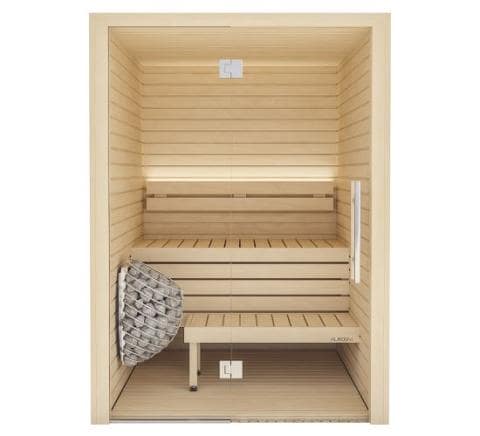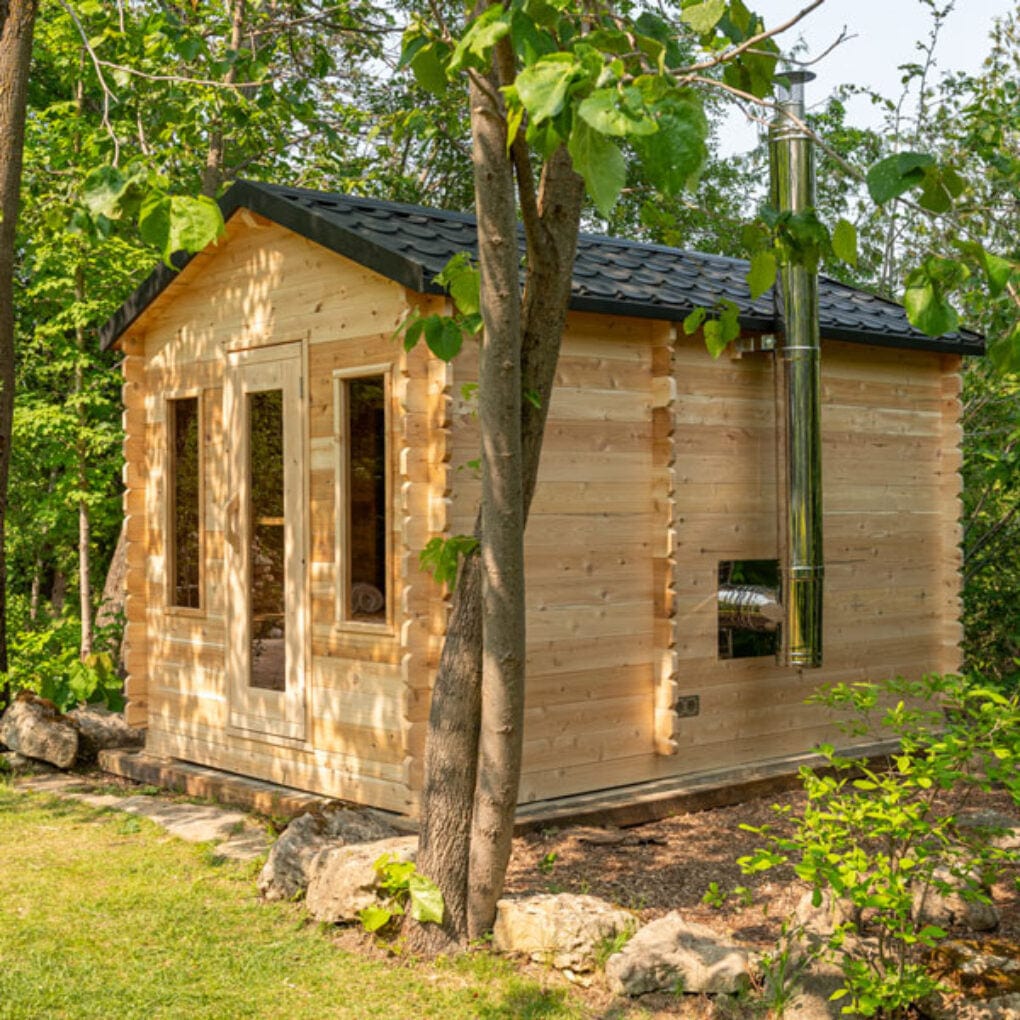Some Known Questions About Traditional Sauna.
Some Known Questions About Traditional Sauna.
Blog Article
The Ultimate Guide To Traditional Sauna
Table of ContentsA Biased View of Traditional SaunaTraditional Sauna - QuestionsThe Greatest Guide To Traditional SaunaIndicators on Traditional Sauna You Need To KnowThe smart Trick of Traditional Sauna That Nobody is Discussing
Most of the weight shed in a sauna is water loss and is re-gained upon rehydrating. Without a doubt sauna can be a vital part of a healthy and balanced weight loss program. To take a look at the distinctions between typical and IR saunas, I will separate these into verifiable, theoretical, and made differences.Hence, the hottest factor in the saunawhich goes to the ceiling directly above the sauna heateris commonly in between 185 and 190 F. Claims that a conventional sauna exceeds 200 F is simply not true and not applicable for electrical saunas offered in the US. The temperature level for a far-infrared sauna is typically set in between 120 and 140 F; nonetheless, unlike the conventional sauna, the objective in and IR space is not to accomplish a high temperature level.

When a traditional sauna has been properly warmed, the sauna walls are warm, the air temperature has actually achieved established temperature level and the rocks are extremely heated. As an interesting side note, the heated walls and the rocks are giving off far-infrared heat, combined with the warmed air, to produce an "enveloping warmth".
Traditional Sauna for Beginners
When the heat is attained, the components cycle on and off to maintain the heat. Most standard sauna users take pleasure in putting water over the rocks to produce vapor to raise sauna humidity levels. The advantages of putting water over the rocks include: making the space extra comfy, dampening the nasal passages, and permitting the use of aromatherapy by mixing necessary oils with the water.

When the power enters the body, it creates the body temperature to increase and ultimately results in sweating. In an infrared sauna it is very important for the emitters/heaters to continue to be on almost constantly. Since there is no mass of rocks to retain warm, the sauna will certainly cool if the emitters shut down.
Not known Details About Traditional Sauna
As stated above, the sauna bather in an infrared space wishes to place himself in front of running emitters click for source to obtain maximum take advantage of the warmth. The heating time for the two rooms can be extremely different, relying on exactly how the spaces are used. For a typical sauna, a bather should allow 30-40 mins for the space to attain a desired temperature level and to appropriately pre-heat the rocks.

A well created sauna will normally achieve a temperature of 150-160 F in regarding 30-40 minutes (Traditional Sauna). For hotter temperatures, the space might need to heat for a longer duration. Once the area accomplishes established temperature, the heating system will cycle on and off, usually operating regarding 50% of the moment. The shielded wall surfaces and the heated rocks will keep the area warm and at stable temperature levels.
To some, 15 minutes was "wasted" while the infrared energy heated the wood panels as opposed to heating a body, while others discover a pre-heated space to be more comfortable and believe an elevated beginning temperature is necessary to start perspiring. The length of advised use for every space is approximately the same (10-15 minutes per session); however, due to the reduced air temperature levels and the capacity to really feel the results of infrared heat quicker than a conventional sauna, it is not uncommon for a person to invest a total amount of 20-30 minutes in an infrared sauna.
7 Simple Techniques For Traditional Sauna

The read here ordinary price per kWH of electrical power in the united state is around $0.11, so a 4.5 kW heating system will set you back approximately $.50 to run for one hour, if the heater runs constantly for one hour. Typically a sauna heating unit will certainly compete 75% of the initial hour and 50% of succeeding hours on because the aspects cycle once the established temperature is accomplished.
A more two person far-infrared area is typically literally smaller sized than a typical sauna, often concerning 4' x 4' or smaller. The IR heating system is typically 1.5-1.7 kW utilizing a 120 volt 15 amp plug-in solution. Because the space can be utilized faster than a sauna space, we will assume the area is utilized for to of an hour including heat up time.
Lastly, there is a rarely gone over difference in the social experience in between the 2 spaces. While our culture has shed a few of the social benefit of the standard sauna experience, it can be very socially fulfilling (Traditional Sauna). From family members time in the sauna, to heart-felt conversations with better halves, to sauna partiesthe standard sauna experience can result in intimate socializing
Traditional Sauna Can Be Fun For Anyone
The majority of higher end infrared spaces include colored light therapy, noise systems and full-glass fronts.
Report this page